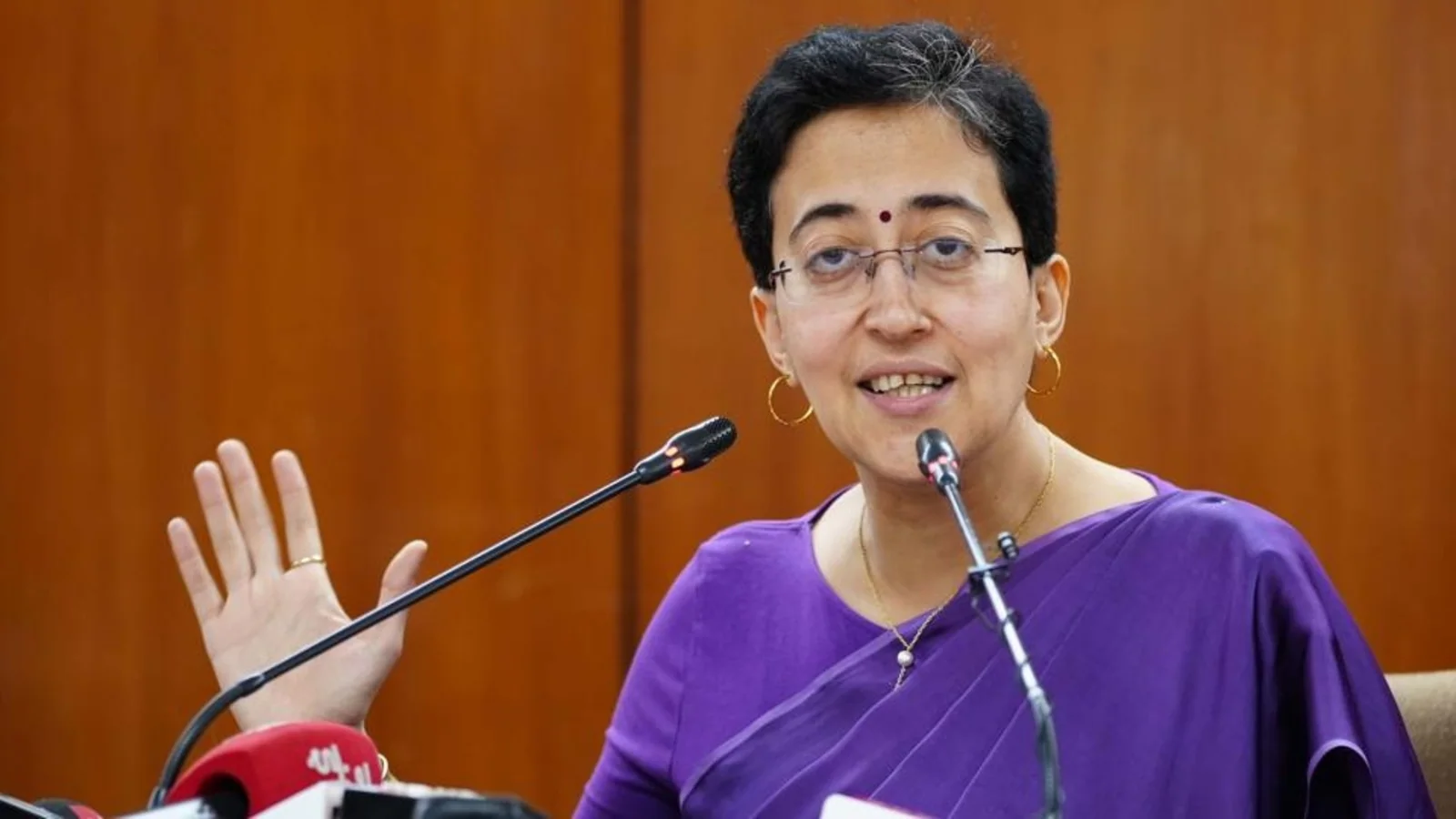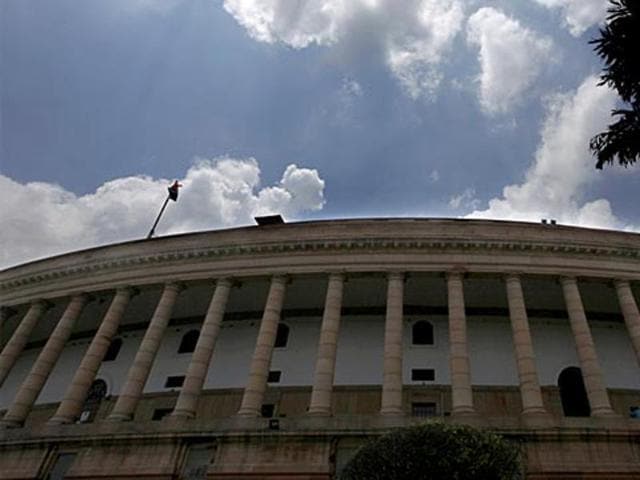- People closely following the fortunes of the political churning in the Indian context would have noticed how the high-command culture pervades at every step of decision-making with some key contents or otherwise. It could be within the party’s organizational parlance or the government formation, the writ of the high command runs deep and wide. Recollect how this culture was usually associated with the Grand Old Party of India some time back but is seen increasingly being accepted in other political parties too. The top-heavy decision-making body is considered the strongest at the helm of affairs dictating terms on all matters pertaining to the party and the governance. The powerful satraps at the top wield considerable power and authority, you see.

PC: The Daily Guardian
- Even a relatively new political party on the horizon like the Aam Aadmi Party (AAP) is witnessing this phenomenon of late. The country is aware of how the AAP convener Arvind Kejriwal was incarcerated in the excise policy case and subsequently out on bail courtesy of the SC ruling. However, the SC made it amply clear that the erstwhile CM will not sign any files or attend the office. This stricture obviously would have forced Kejriwal to make up his mind to resign from the post. Subsequently, the AAP has chosen Atishi as the CM till the next election kickstarts and like other CMs of different parties is selected by top leaders. This is not at all good for real intra-party democracy. It also shows AAP is no different from other political parties in the country as well.
- Of course, as Delhi’s CM, Atishi has a high-profile job with a short-term tenure. If AAP wins Delhi polls, Kejriwal will be CM. The bigger implication is what her being elected for the job says about Indian politics. Atishi’s candidature was unanimously backed by AAP MLAs after Kejriwal proposed her name. This is the pattern for all CM choices by all parties. Unanimity here is a thin cloak over the lack of intra-party democracy. Moreover, Atishi’s key political virtue for the job is possibly her fealty to the party chief. How much support she will receive from party MLAs remains to be seen though, since there are examples across the political spectrum of such unanimous choices later facing dissension from those nursing thwarted ambitions.

PC: Hindustan Times
- Unsurprisingly, Atishi’s elevation merely follows the script of CMs being chosen by one or two leaders of mainstream political parties. MLAs rubber-stamping their choice killed the democratic process, which would have meant choosing between competing candidates by vote. Such top-heavy political parties impact the quality of governance and the health of our democracy. It also has a link with other ills of our polity, like dynastic rule and criminalization. The pattern can largely be traced to the Indira Gandhi years. The long-term damage that the replacement of party structure by a leadership cult can do to an organization has been evident across parties. Only a fair shot at big jobs creates an enabling environment for nurturing talent. That’s Indian democracy for you!






